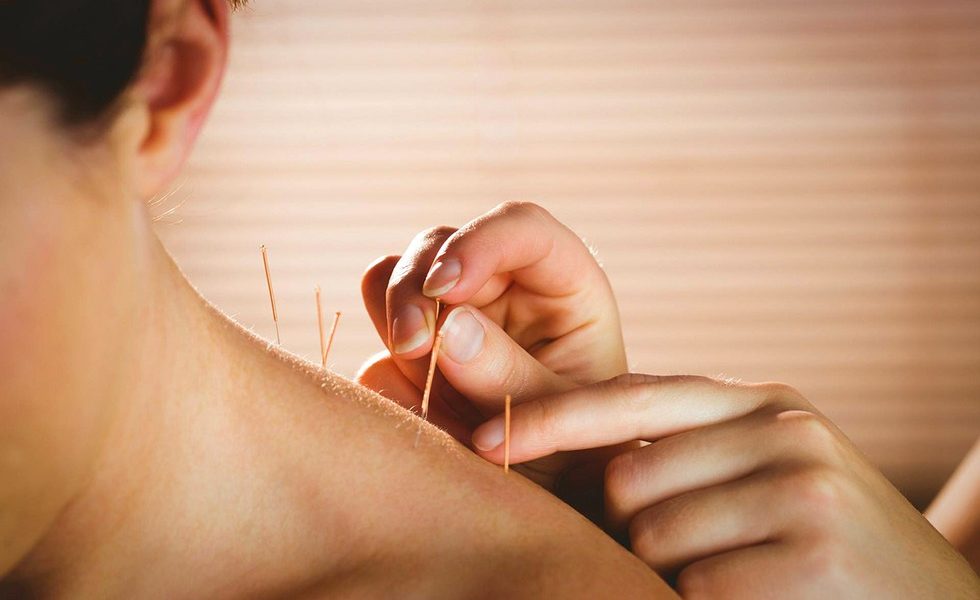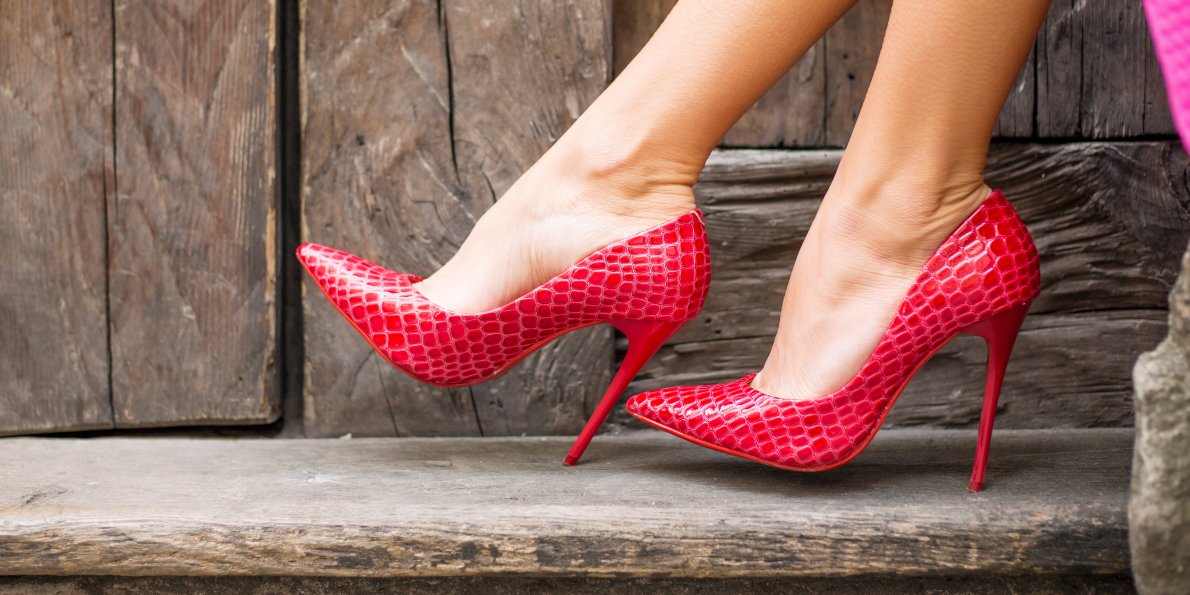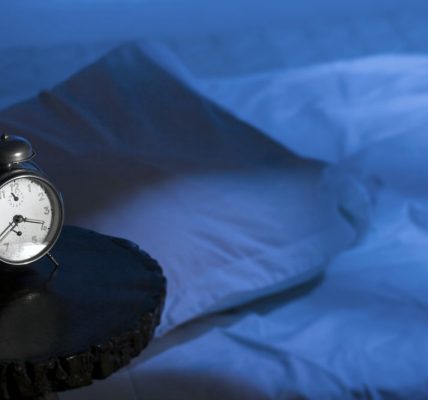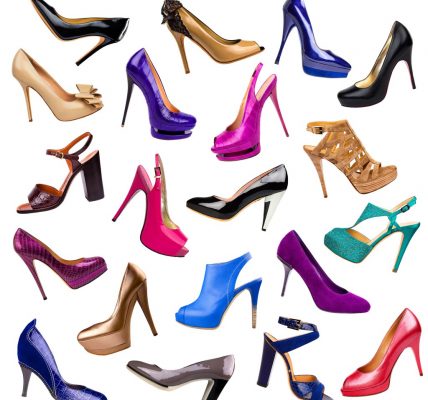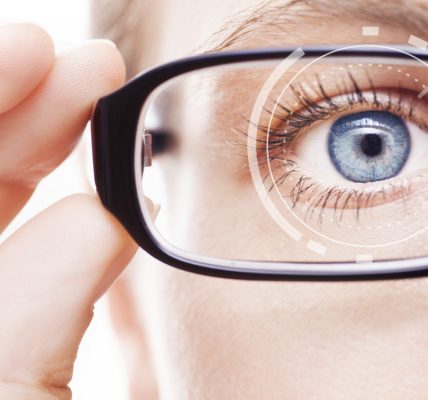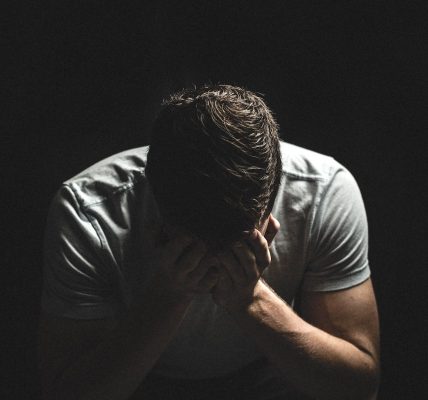In the interest of full disclosure, I have been working at Dr. Jay Sordean’s office for a few months now. That said, believing in what I do makes my job infinitely easier, and having seen the ins and outs of an alternative health clinic has given me a new perspective on health care. A year ago, I viewed alternative medicine with skepticism, and I believe that was because I simply knew nothing about it.
Acupuncture is not some kind of mythical ancient practice, kept alive only by tradition. The WHO and the NIH endorse acupuncture as an effective treatment for many conditions. More and more insurance plans, including UC SHIP, cover acupuncture—particularly for cases of acute or chronic pain. For the not-so-uncommon notion that acupuncture is mostly just placebo, I’d point out cases where acupuncture was successful for animals, such as for a race horse suffering from chronic colitis and associated abdominal pain. The list of support for the science of acupuncture goes on, but perhaps more importantly, I think the proof is in the pudding.
We’ve all been to our primary care physicians, hopefully within the last year, and hopefully only for a quick checkup. Western medicine has undeniably increased lifespans and our quality of life, but there are ways in which Western medicine falls short, where lessons could be learned from an alternative model of medicine. As someone who works in the field of natural medicine, and as a patient of acupuncture, I can tell you what I’ve found healing.
Coming from the perspective of someone with chronic pain (and really, I think most people suffer with headaches, or low back pain, or shoulder tension, or some other bothersome ailment they’d rather live without), getting acupuncture was the first time a doctor sat down with me and spent over an hour face-to-face discussing the nature of my pain in detail. Then, instead of pain medicine, we discussed possible causes for pain and the ways by which to not only reduce or relieve it, but absolve it long-term. For once, the body as a whole was painted as an entity which needed and could be cared for—and that was a relief to me.
Acupuncture and its philosophy is about caring for the whole body, rather than just curing symptoms. That is why treatments take time, and why treatment itself is over a period of weeks or months, rather than minutes standing in line at the pharmacy. As for how acupuncture works, I will give my most brief explanation:
Imagine four circles in a row next to each other. In each circle is one word. These words are, respectively: Qi, Blood, Organs, and CNS. “Qi” (pronounced “chee”) for all intents and purposes is synonymous with oxygen. Oxygen flows throughout the blood, which is pumped by the heart to our organs, including the central nervous system (CNS). All of these systems are vital to our body’s functionality. Qi provides oxygen, blood provides nutrients, organs provide hormones, and the CNS provides messages (through nerve impulses in our brain and spinal chord).
When all of these systems contribute to the body properly, we say the body is at 100% function—which is, at least in our practice, the definition of health. At 100% function, we also say that we have a sense of “ease.” It is easy to wake up, to move, to fall and to stay asleep, to remember things when we need to, etc.
Imagine now that somewhere in the body there is a blockage of the oxygen, nutrients, hormones, or messages, in one or all of the four aforementioned systems. In that case, the body is not getting adequate amounts or proper proportions of these things. In Chinese medicine, we call this block “stagnation.” Mind you, this is not a metaphorical block—imagine there is a rubber band tied around your finger. If it is left there, your finger will turn purple, then go numb, then lose sensation, and eventually die and fall off. Imagine that finger was the blood supply to your brain. The block would cause a stroke. If it was the blood supply to your heart, you would have a heart attack. And if it was a supplier to any of these things anywhere on your body, you would probably experience pain, numbness, and/or loss of function.
Let’s say that the rubber band, the stagnation, was not removed. The body, like your finger, would start to lose function. At 80% function, we have dis-function. If the stagnation persisted and the body continued to decline to 60% function, we would see dis-ease, or disease. Finally, at 40% function, we see symptoms.
Acupuncture has worked for thousands of years to find the blockage and remove it. This causes an decrease in symptoms and disease and an increase in function of the body.
All of this makes perfect sense to me, not only in terms of biology, but in terms of how we should approach health care. Like I said in the beginning, I endorse alternative medicine not only because I work for a doctor of oriental medicine, but also because I am a patient of it, and where Western medicine has failed many, Eastern medicine can fill the gap. I think it is not only possible, but necessary for these two systems of healthcare to work together to help us enjoy lives as pain-free as possible. No one wants to have to schlep up the hill from VLSB to Evans with a migraine, or with a spot on your back not feeling quite right (and not being helped by a backpack that weighs about one hundred pounds), I can tell you that from personal experience.
Article by Esther Slaman
Feature Image Source: Integrative Practitioner
